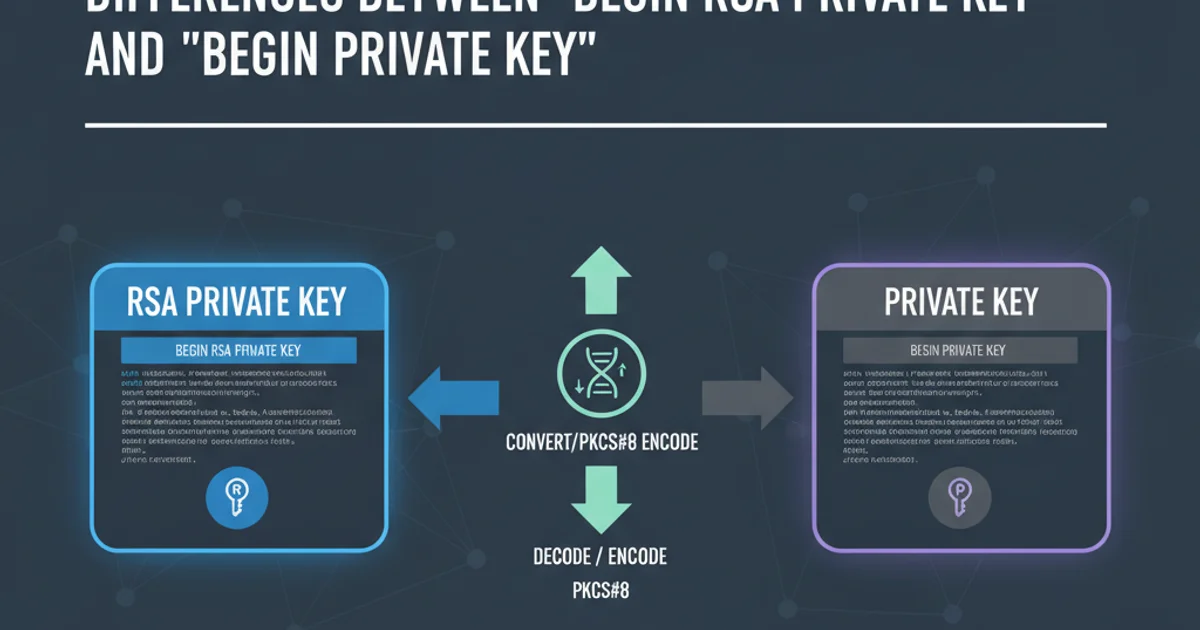What's the difference between 1/1/1970 and 12/31/1969 UNIX epoch invalid dates?
Categories:
Understanding UNIX Epoch Invalid Dates: 1/1/1970 vs. 12/31/1969

Explore the nuances of UNIX epoch timestamps, focusing on how different systems handle dates before January 1, 1970, and the implications for 'invalid' dates.
The UNIX epoch, defined as January 1, 1970, 00:00:00 UTC, serves as a fundamental reference point for timekeeping in many computing systems. A UNIX timestamp represents the number of seconds that have elapsed since this epoch. While positive timestamps count forward from this date, the concept of 'invalid' dates often arises when dealing with times before the epoch, leading to negative timestamp values. This article delves into the distinction between 1/1/1970 and 12/31/1969 in the context of UNIX timestamps and how various systems interpret these values.
The UNIX Epoch: A Starting Point
At its core, the UNIX epoch is a fixed point in time. Any date and time can be converted into a UNIX timestamp, which is a single integer representing seconds. For dates after the epoch, this number is positive and monotonically increasing. For example, January 2, 1970, 00:00:00 UTC would be 86400 (60 seconds * 60 minutes * 24 hours). The epoch itself, January 1, 1970, 00:00:00 UTC, corresponds to a timestamp of 0.
import datetime
import time
# January 1, 1970, 00:00:00 UTC
epoch_dt = datetime.datetime(1970, 1, 1, 0, 0, 0, tzinfo=datetime.timezone.utc)
epoch_timestamp = int(epoch_dt.timestamp())
print(f"Epoch datetime: {epoch_dt}")
print(f"Epoch timestamp: {epoch_timestamp}")
# January 2, 1970, 00:00:00 UTC
next_day_dt = datetime.datetime(1970, 1, 2, 0, 0, 0, tzinfo=datetime.timezone.utc)
next_day_timestamp = int(next_day_dt.timestamp())
print(f"Next day datetime: {next_day_dt}")
print(f"Next day timestamp: {next_day_timestamp}")
Calculating UNIX timestamps for dates after the epoch in Python.
Dates Before the Epoch: Negative Timestamps
When dealing with dates prior to January 1, 1970, the UNIX timestamp becomes a negative number. For instance, December 31, 1969, 00:00:00 UTC would correspond to -86400. This is a perfectly valid representation within the UNIX timestamp system, often referred to as 'negative UNIX time' or 'pre-epoch timestamps'. However, not all systems or programming languages handle these negative values consistently, leading to potential 'invalid date' scenarios.
flowchart TD
A[Date Input] --> B{Is Date >= 1970-01-01?}
B -- Yes --> C[Calculate Positive Timestamp]
B -- No --> D[Calculate Negative Timestamp]
C --> E[Valid UNIX Time]
D --> F{System/Language Support Negative Timestamps?}
F -- Yes --> E
F -- No --> G["Invalid Date / Error (e.g., JavaScript's `new Date(-1)`)"]
E --> H[Output Timestamp]Flowchart illustrating how dates are converted to UNIX timestamps and potential 'invalid date' outcomes.
// In JavaScript, new Date() handles negative timestamps differently
// January 1, 1970, 00:00:00 UTC (timestamp 0)
const epochDate = new Date(0);
console.log(`new Date(0): ${epochDate.toUTCString()}`);
// December 31, 1969, 00:00:00 UTC (timestamp -86400)
const preEpochDate = new Date(-86400 * 1000); // JS expects milliseconds
console.log(`new Date(-86400 * 1000): ${preEpochDate.toUTCString()}`);
// A timestamp that might be considered 'invalid' by some systems
// For example, if a system only expects positive integers for timestamps
const invalidTimestampExample = -1000000000000; // Very old date
const veryOldDate = new Date(invalidTimestampExample);
console.log(`new Date(${invalidTimestampExample}): ${veryOldDate.toUTCString()}`);
JavaScript's Date object handling of positive and negative milliseconds since epoch.
Why 'Invalid' Dates Occur: System and Language Limitations
The notion of an 'invalid date' for 12/31/1969 (or any pre-epoch date) doesn't stem from the UNIX timestamp specification itself, but rather from how specific programming languages, libraries, or database systems choose to implement or interpret these values. Some systems might:
- Only support positive timestamps: They might implicitly assume timestamps are always positive, leading to errors or unexpected behavior when a negative value is encountered.
- Use different epoch definitions: While less common for 'UNIX timestamp', some systems might have their own epoch, making a standard UNIX negative timestamp meaningless.
- Return a special 'invalid date' object: Languages like JavaScript, when given a timestamp that's too large or too small for its internal representation, or sometimes even just a negative value, might return an 'Invalid Date' object or similar error indicator, rather than a correctly parsed pre-epoch date.
Therefore, 1/1/1970 (timestamp 0) is always a valid and well-defined point. 12/31/1969 (timestamp -86400) is also a valid point in the UNIX timestamp system, but its interpretation can vary significantly across different computing environments, potentially leading to it being treated as 'invalid' by certain implementations.
Practical Implications and Best Practices
Understanding these differences is crucial when migrating data, integrating systems, or working with historical data. If your application needs to handle dates prior to 1970, ensure that your chosen tools and libraries explicitly support negative UNIX timestamps. If they don't, you might need to implement custom logic to store and retrieve these dates, perhaps by storing them as strings or using a different date representation internally.
PHP
format('Y-m-d H:i:s T') . "\n"; // Date before epoch (timestamp -86400) $pre_epoch_timestamp = -86400; $pre_epoch_date = new DateTime('@' . $pre_epoch_timestamp); echo "Pre-Epoch Date: " . $pre_epoch_date->format('Y-m-d H:i:s T') . "\n"; // PHP's DateTime handles negative timestamps correctly. ?>Java
import java.time.Instant; import java.time.ZoneOffset; import java.time.format.DateTimeFormatter;
public class EpochDates { public static void main(String[] args) { // Epoch date (timestamp 0) Instant epochInstant = Instant.ofEpochSecond(0); System.out.println("Epoch Instant: " + epochInstant.atOffset(ZoneOffset.UTC).format(DateTimeFormatter.ISO_OFFSET_DATE_TIME));
// Date before epoch (timestamp -86400)
Instant preEpochInstant = Instant.ofEpochSecond(-86400);
System.out.println("Pre-Epoch Instant: " + preEpochInstant.atOffset(ZoneOffset.UTC).format(DateTimeFormatter.ISO_OFFSET_DATE_TIME));
// Java's Instant handles negative timestamps correctly.
}
}